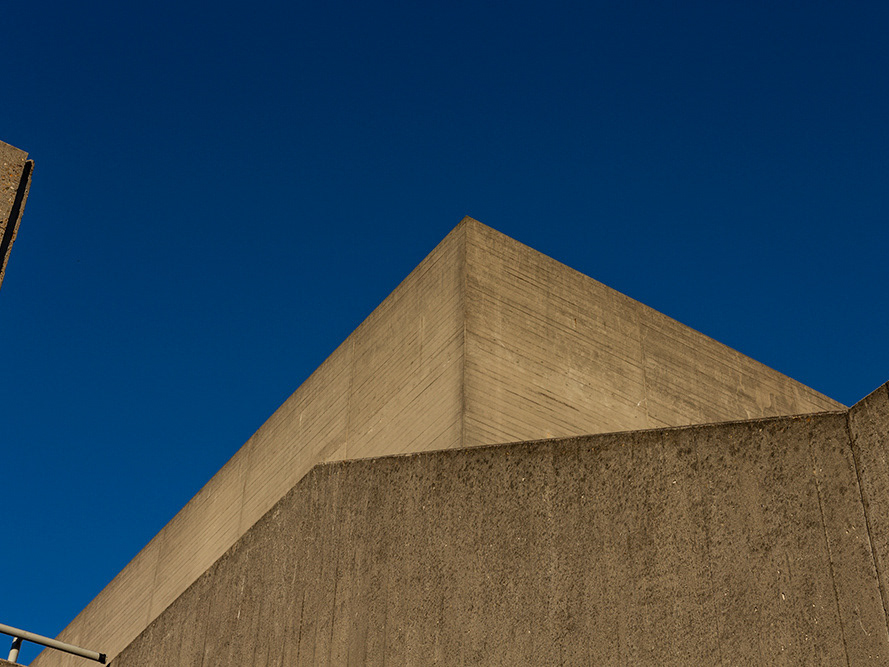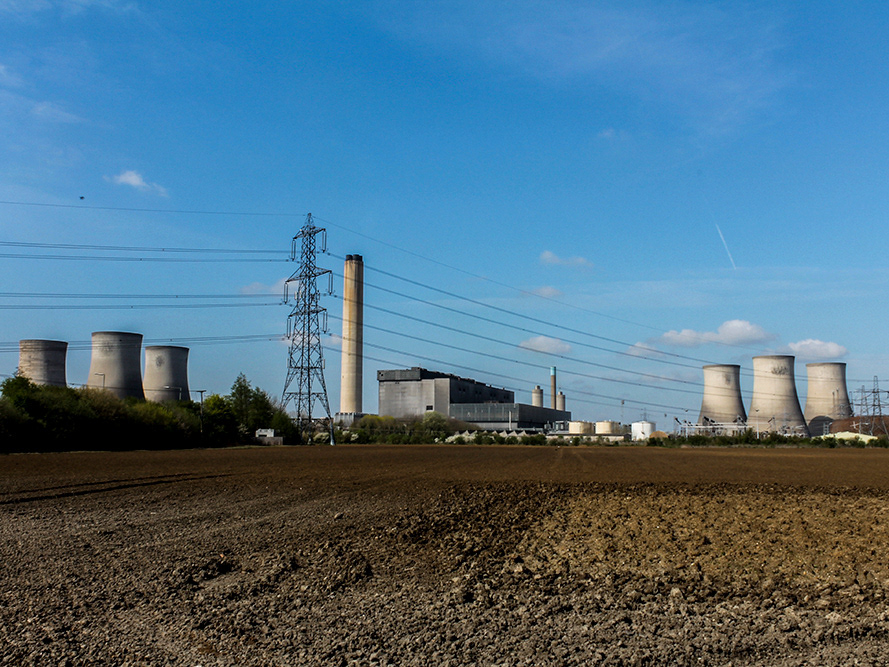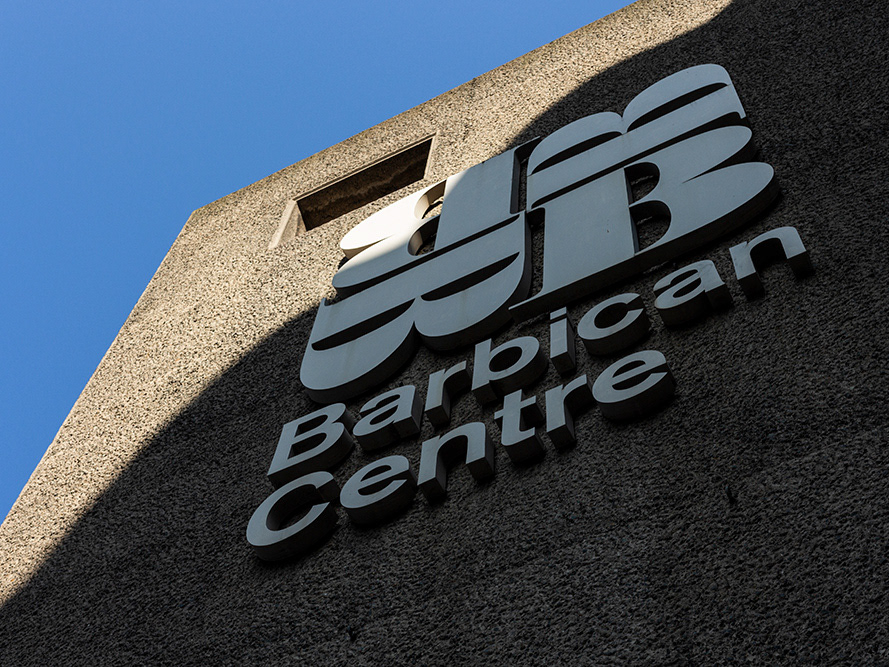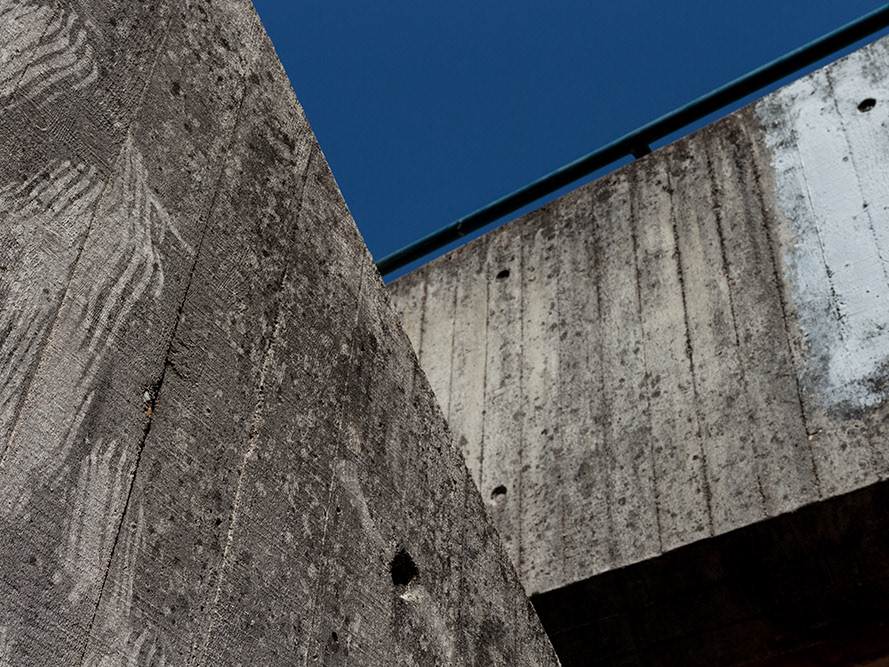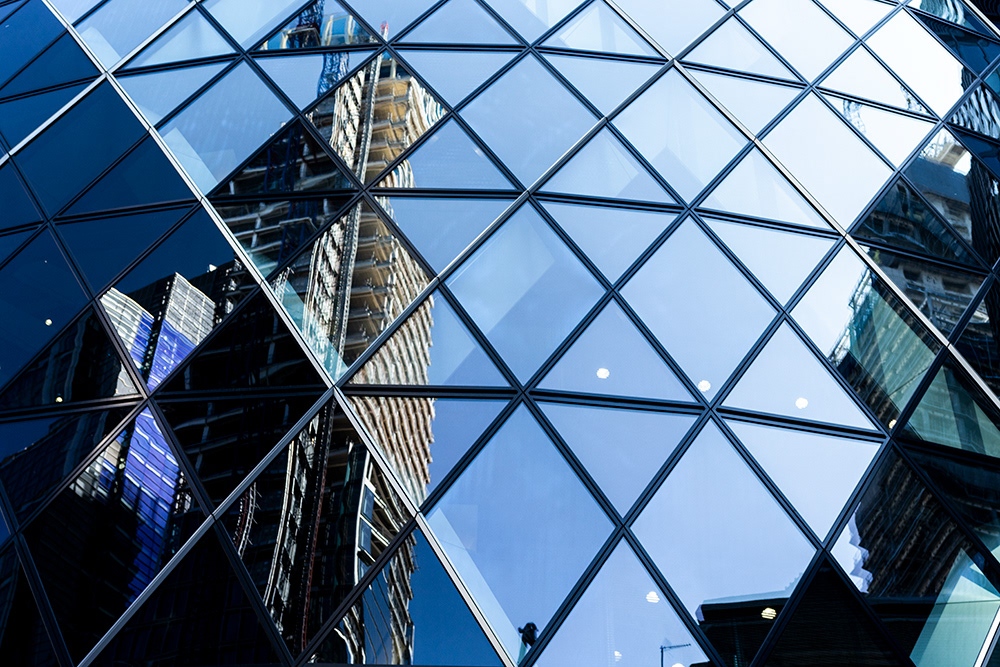




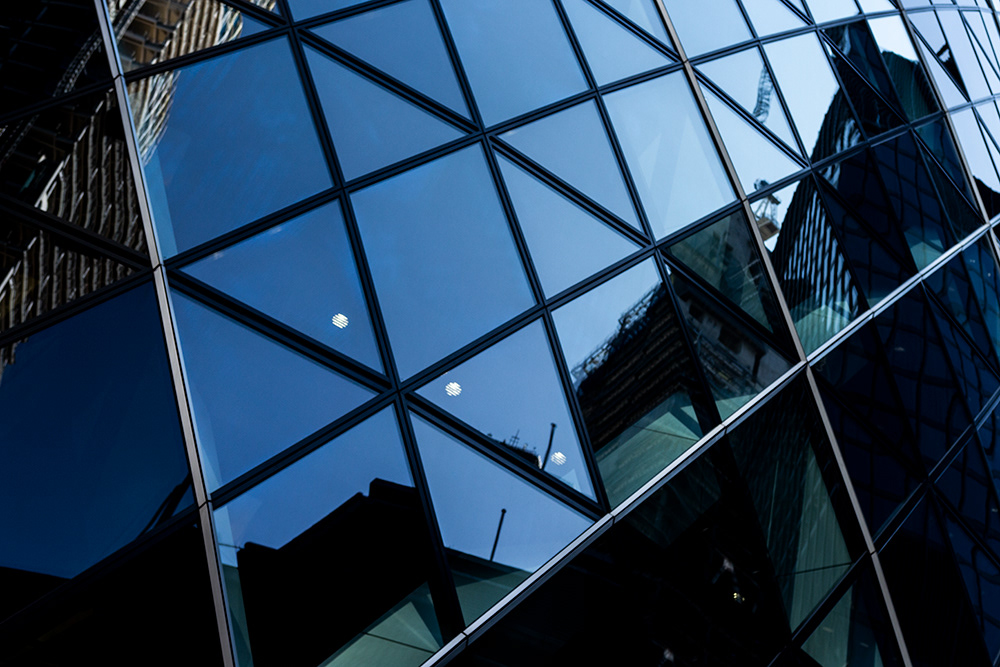
History
30 St Mary Axe (informally known as the Gherkin and previously as the Swiss Re Building) is a commercial skyscraper in London's primary financial district, the City of London. It was completed in December 2003 and opened in April 2004. With 41 stories, it is 180 metres (591 ft) tall and stands on the former sites of the Baltic Exchange and Chamber of Shipping, which were extensively damaged in 1992 by the explosion of a bomb placed by the Provisional IRA in St Mary Axe, the street from which the tower takes its name. The building has become a recognisable feature of London, and it is one of the city's most widely recognised examples of contemporary architecture.
The United Kingdom government's statutory adviser on the historic environment, English Heritage, and the City of London's governing body, the City of London Corporation, were keen that any redevelopment must restore the Baltic Exchange's old façade onto St Mary Axe. The Exchange Hall was a celebrated fixture of the ship trading market.
After English Heritage later discovered the damage was far more severe than initially thought, they stopped insisting on full restoration, albeit over the objections of the architectural conservationists who favoured reconstruction. The Baltic Exchange and the Chamber of Shipping sold the land to Trafalgar House in 1995. Most of the remaining structures on Baltic Exchange site were then carefully dismantled, the interior of Exchange Hall and the façade were preserved, hoping for a reconstruction of the building in the future. The salvaged material was eventually sold for £800,000 and moved to Tallinn, Estonia, where it awaits reconstruction as the centrepiece of the city's commercial sector.
In 1996, Trafalgar House submitted plans for the Millennium Tower, a 386-metre (1,266 ft) building with more than 140,000 m2 (1,500,000 sq ft) of office space, apartments, shops, restaurants and gardens. This plan was dropped after objections for being totally out-of-scale with the City of London and anticipated disruption to flight paths for both London City and London Heathrow airports; the revised plan for a lower tower was accepted.
The tower's topmost panoramic dome, known as the "lens", recalls the iconic glass dome that covered part of the ground floor of the Baltic Exchange and much of which is now displayed at the National Maritime Museum. The Gherkin nickname was applied to the current building at least as long ago as 1999, referring to that plan's highly unorthodox layout and appearance.
